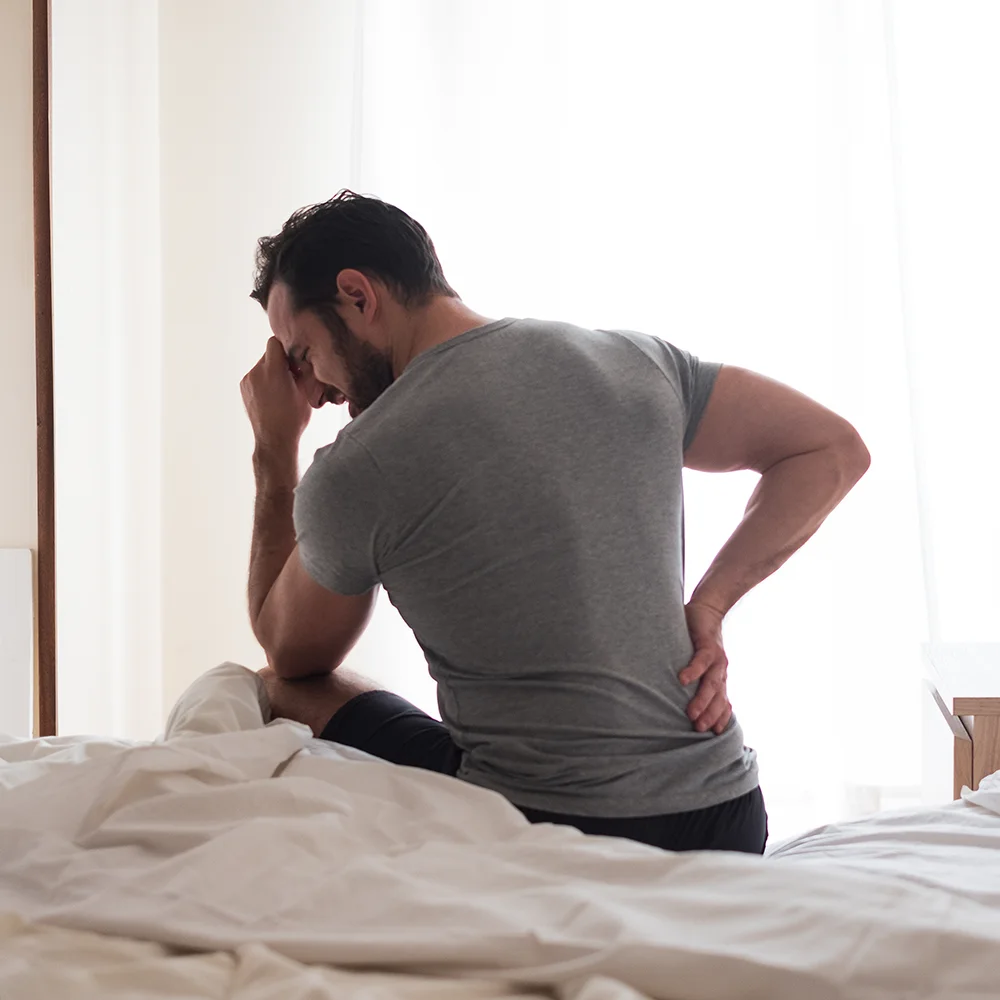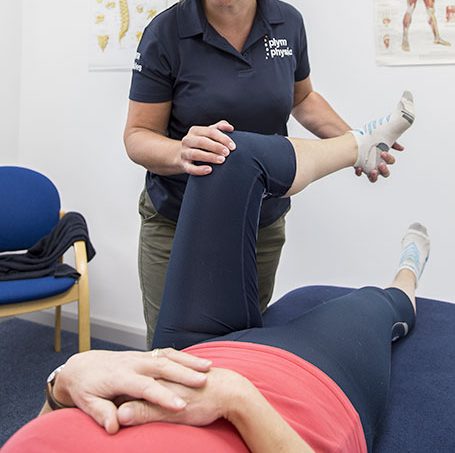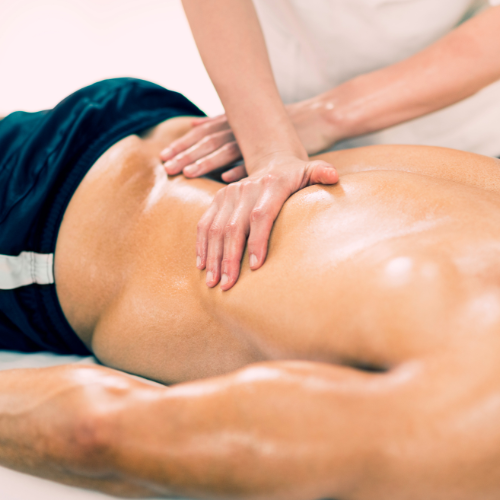If you’re struggling with hip pain then keep reading to learn how to treat and relieve your pain.
Hip pain is one of the most searched-for pains online, it’s especially common as you age. If you think you could be suffering from it, we’re here to help.

Hip pain is a common problem affecting people of all ages and walks of life. Whether caused by injury, overuse, or degenerative conditions such as arthritis, hip pain can significantly impair mobility and overall quality of life. Physiotherapy offers an effective, non-invasive approach to treating hip pain by addressing the root causes and promoting long-term pain relief. Here we aim to explore various hip pain treatment methods in physiotherapy, including assessment, manual therapy, exercise, and patient education.
Get Advice ›Hip pain can be caused by various factors, from acute injuries to chronic conditions and lifestyle factors. Some common causes of hip pain include Osteoarthritis, a normal ageing process that can cause loss of movement, stiffness and weakness and. (Greater) Trochanteric pain syndrome is a common problem which is a combination of gluteal tendinopathy and bursitis diagnoses and has a lot to do with gluteal muscle and tendon weakness as well as patterns of movement such as walking or running. Another cause can be ‘referred pain’ and this is pain felt in the hip but originates from another area of the body, commonly the lower back.

The first step in hip pain treatment is a thorough evaluation by one of our qualified physiotherapists. This assessment typically involves:

Manual therapy is a hands-on approach used by our physios here at Plym Physio to treat hip pain. Our techniques include the following:

A key component of hip pain treatment in physiotherapy is a tailored exercise program that targets your specific needs. These exercises may include:
Got a question? Want to know more about our treatments and classes? Or need to discuss a pain that you just can't get to go away?
Our team are ready to chat to you today to work out the best plan of action to get you back to full strength and fitness.
Copyright © Plym Physio Ltd | Privacy Policy | Terms & Conditions | Website by Respond